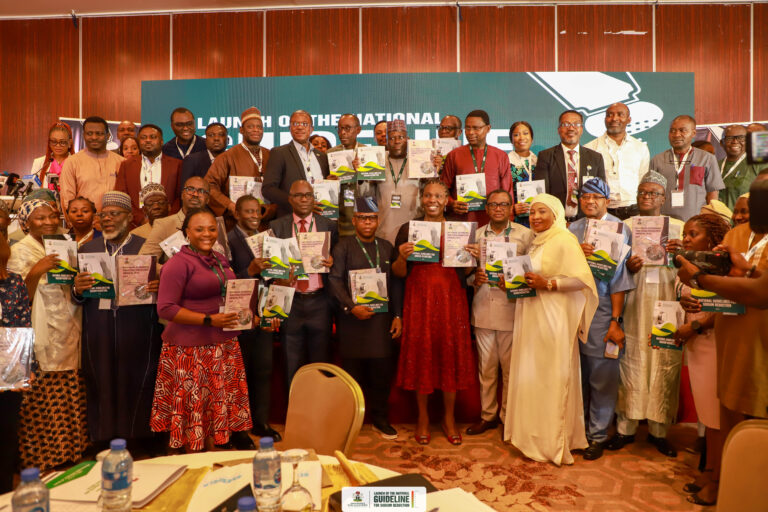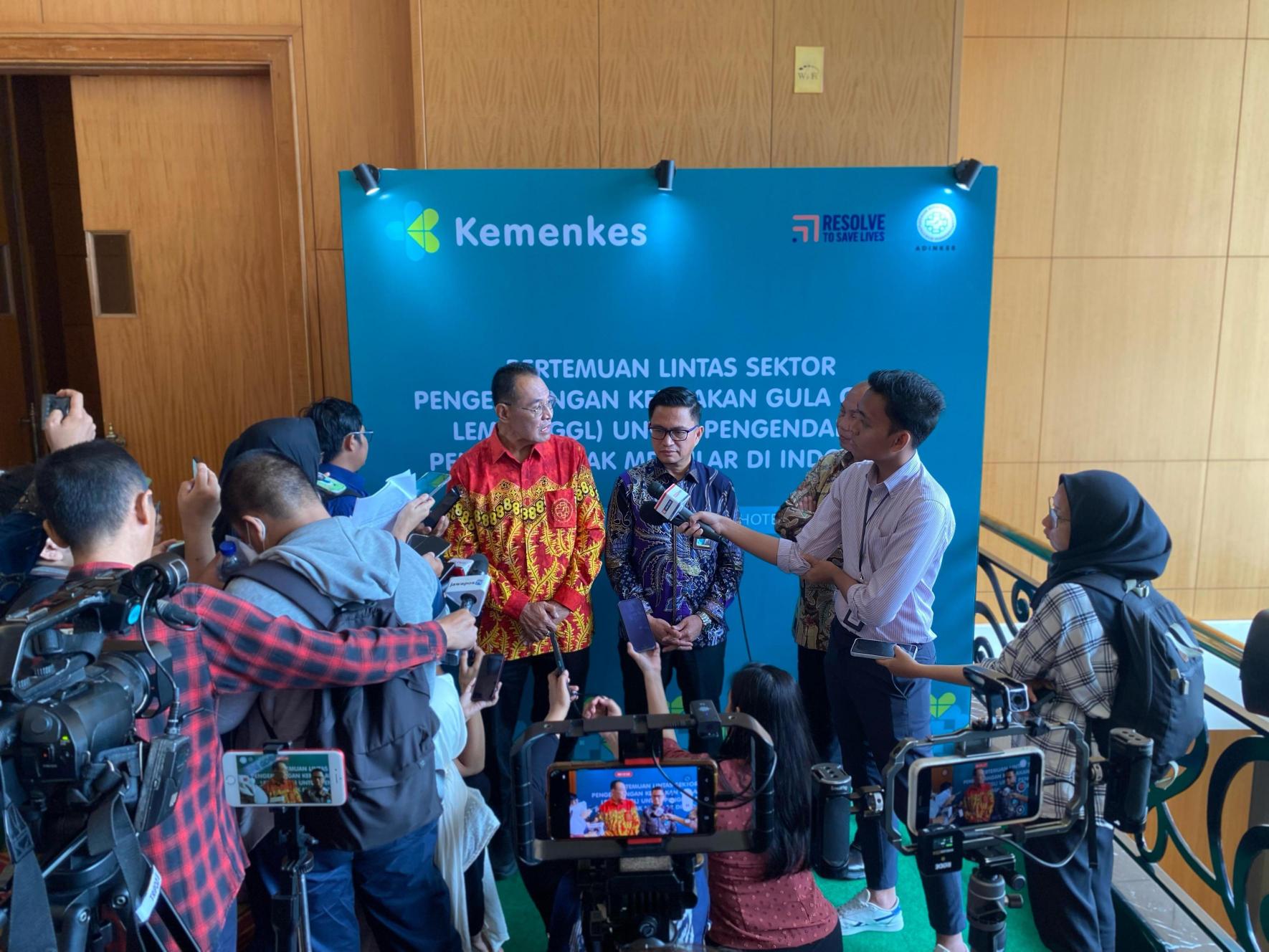How we save lives / Healthier food / Salt reduction
Salt reduction
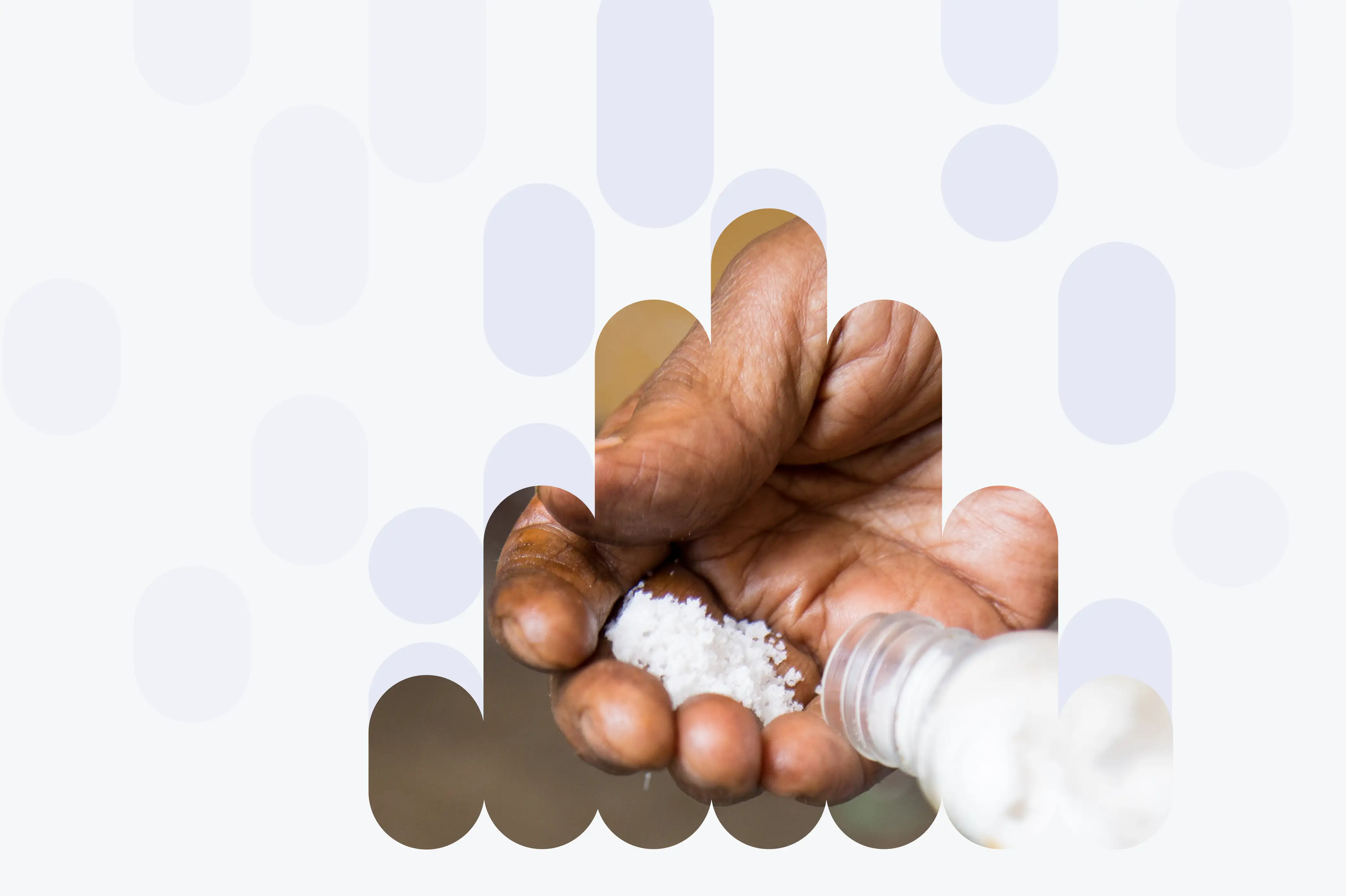
Eating too much salt raises blood pressure and the risk of cardiovascular disease, heart attack, stroke and kidney disease.
Globally, excess sodium consumption (more than 5 grams a day, or about a teaspoon of table salt) leads to at least 2 million deaths each year.
Four out of five of these deaths occur in low- and middle-income countries.
The average person’s salt intake is nearly twice the limit recommended by the World Health Organization.
Life-saving reductions in sodium consumption can cost less than $0.40 per person.
Our goal
To reduce the global intake of salt by 30%, preventing more than 700,000 deaths per year among adults younger than 70.
How we work
Based on WHO’s SHAKE Technical Package for Salt Reduction, our core set of evidence-based salt reduction strategies target the three areas where salt is most commonly found: packaged food, food prepared in the home and food prepared outside the home. Detailed information on each strategy can be found here.
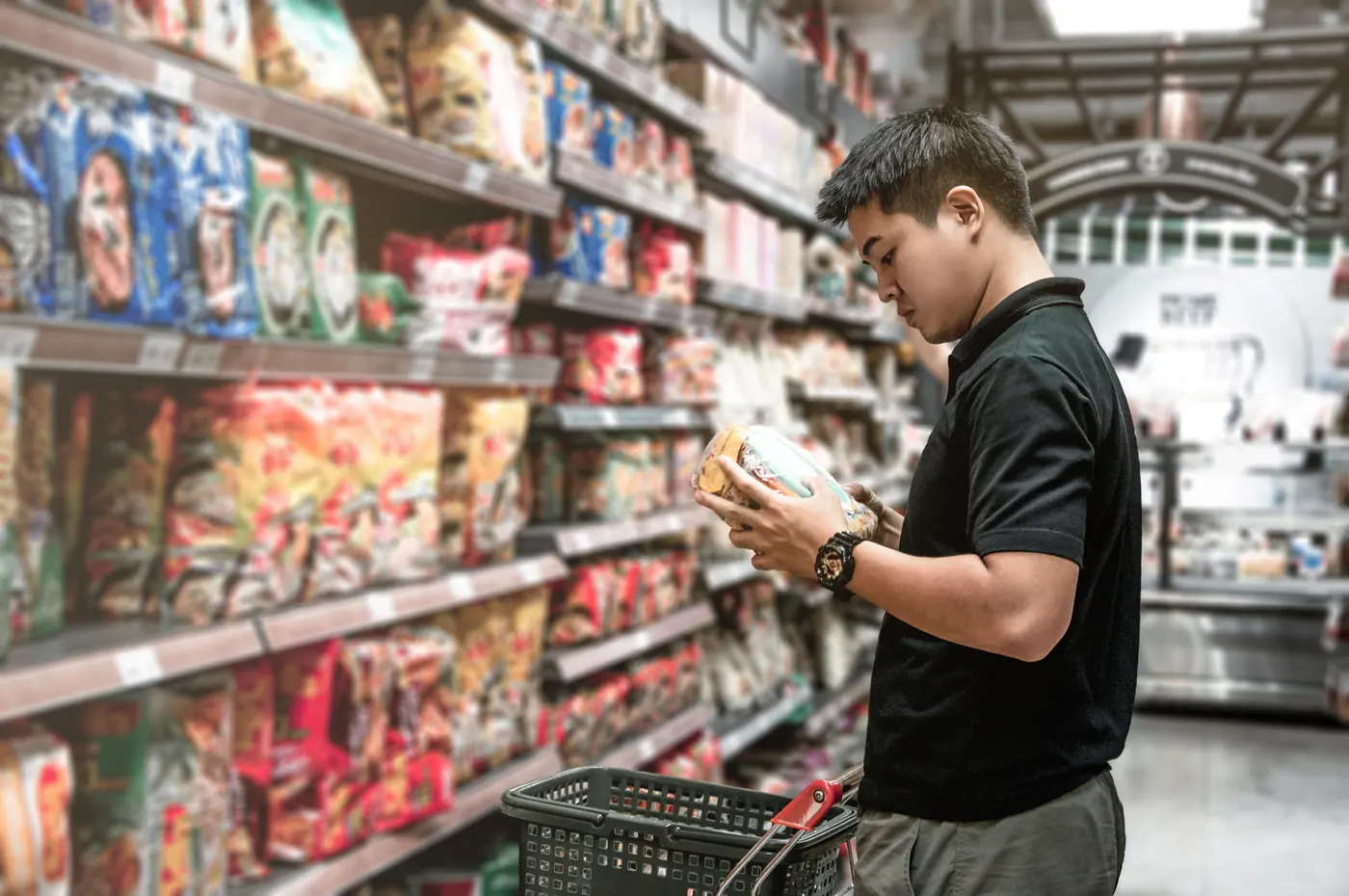
We support four key evidence-based policies to reduce salt in packaged food:
- Mandatory salt targets
- Front-of-package warning labels
- Marketing restrictions
- Fiscal policies
Healthy public food procurement and service policies can reduce salt intake from food eaten outside the home.
- Learn more about Healthy Public Food Procurement in our Success Story from the Philippines and Resource library
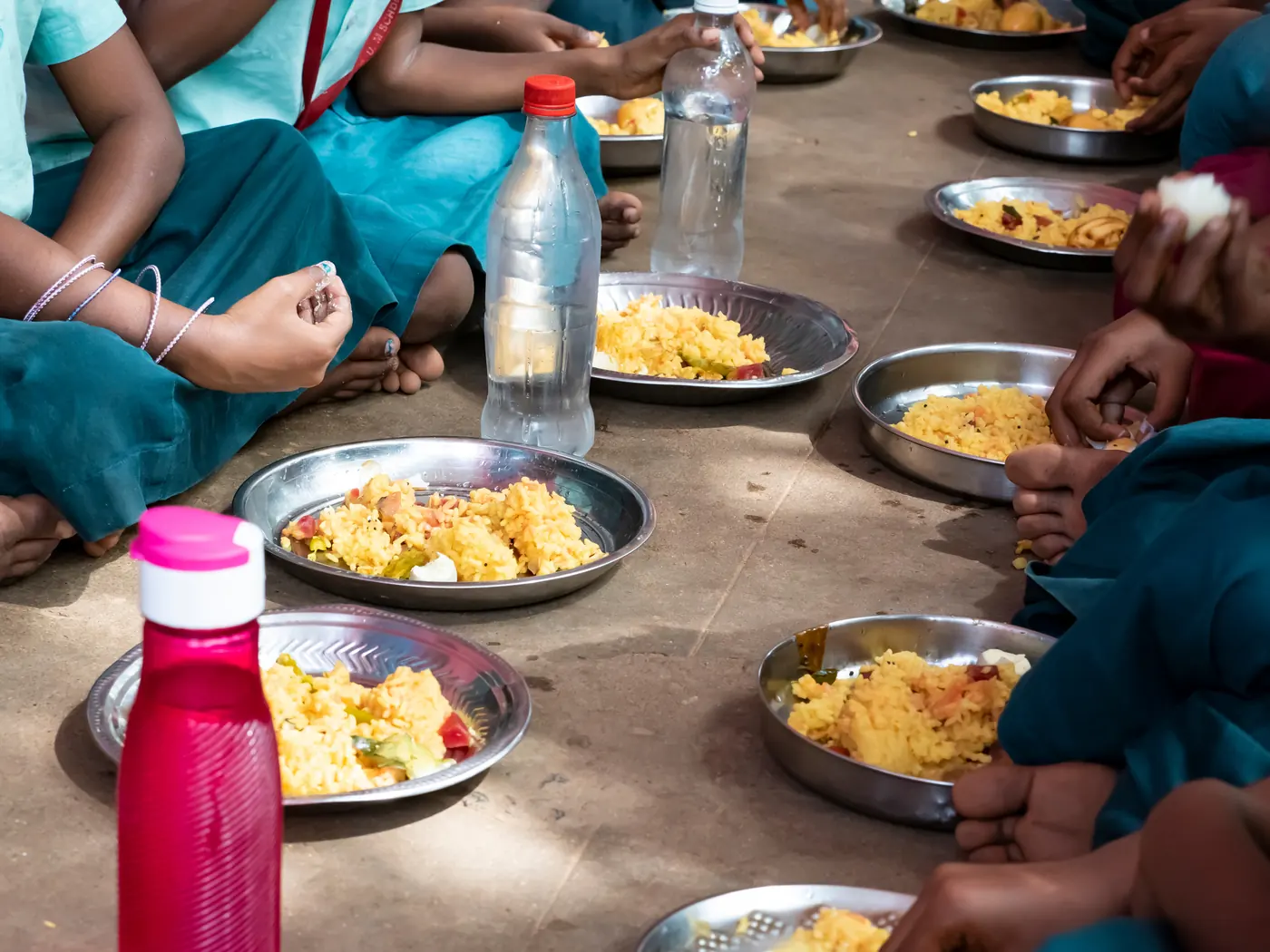
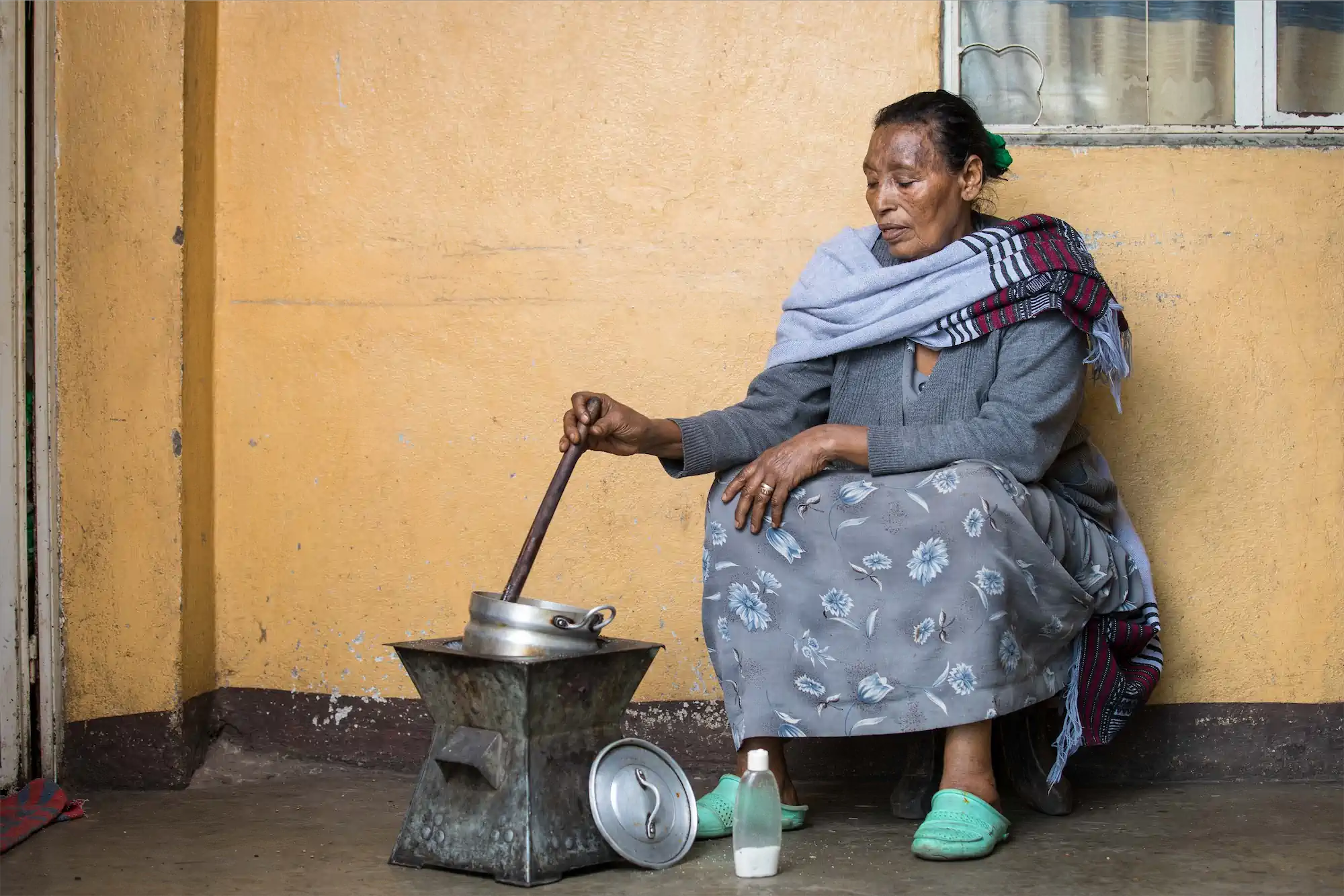
Low-sodium salt substitutes can reduce sodium intake at home.
- We support partners to promote potassium-based low-sodium salt substitutes.
- Learn more about Singapore’s groundbreaking approach
Tools to take action
Explore further in our Resource Library
Our work in action
Our healthy public food procurement and service work includes nutrition requirements for food purchased by governments and served or sold in public settings, including limits on sodium content. Thus far, this effort has informed new policies and initiatives in 14 cities or countries. Our grantee ImagineLaw established a model healthy public food procurement and service policy in Quezon City, the largest city in the Philippines.
We also support a variety of innovative strategies for reducing salt consumption, including the broader use of lower-sodium salts and development of a low sodium fish sauce in Vietnam. In India and China, we are funding research on the impact of promotion and subsidies on the uptake of low sodium salt.

Salt Reduction Media Campaign in China
Prominent labels can effectively warn consumers to avoid items high in unhealthy nutrients (such as sodium) and can lead to reformulation by manufacturers. We are funding research to build an evidence base for front-of-package labeling policies in five countries, and we support advocacy efforts in four additional countries.
We launched mass media campaigns in Vietnam, China and Ethiopia to depict the dangers of a high salt diet and promote sodium reduction that reached 120 million people in China, India, Vietnam and Ethiopia.
We supported WHO to develop global sodium benchmarks for 70 categories of packaged food. We are working with our partners to support adapting these benchmarks into mandatory sodium standards in Thailand, Nigeria and Malaysia and into country-specific sodium targets in China and Vietnam.
We support the development of global resources, including:
- Johns Hopkins’ Global Sodium Reduction Strategies Course
- PAHO’s Updated Regional Sodium Reduction Targets
